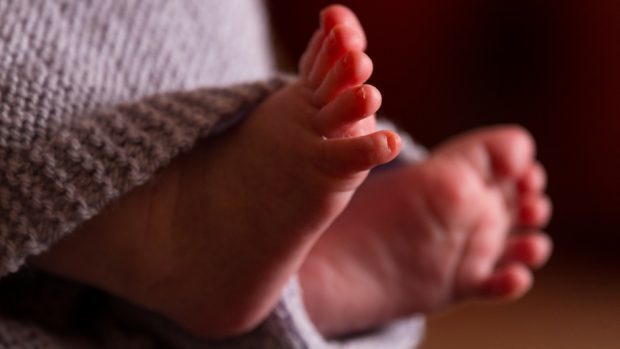Fears have been raised that midwives across Scotland are facing increasing pressures due to lack of staff and the increasing age and obesity rates of expectant mothers.
A new report published today by the Royal College of Midwives (RCM) in Scotland shows the level of overweight and obese pregnant women went above 50% for the first time ever in 2017.
And in addition, the age women in Scotland are having babies is also increasing, according to the report.
Last year, the majority of Scottish babies born were to women in their thirties or forties.
The RCM has argued that mums-to-be facing obesity issues, as well as older women, are more likely than other pregnant women to require additional care and support throughout their pregnancy.
Vacancies for midwifery positions are also on the rise.
The RCM report has shown a quadrupling of midwifery vacancies in the last five years, rising from 1.3% in 2013, to 5% in 2018 – with particular concerns about vacancy rates in NHS Boards in the north of Scotland.
>> Keep up to date with the latest news with The P&J newsletter
Mary Ross-Davie, director of the RCM for Scotland, said: “Pressures on our midwives are increasing – the care needs of the women in our care are rising, while the number of unfilled midwifery posts is also rising.
“I am still concerned about the age profile of our midwifery workforce, though it is encouraging to see the green shoots of higher numbers of younger midwives joining our service.
“We need to work hard to ensure that midwives choose to stay and work in all parts of Scotland, including in north and in our most remote communities.
“The NHS, the Scottish Government, the RCM and others need to keep working together to identify the challenges and tackle them.
Scottish Government Health Secretary Jeane Freeman: “While there has been an increase of 5.7% in the number of qualified midwives under this government, we’re determined to go further to ensure we have a sustainable midwifery workforce long into the future.
“That’s why we’re investing in a return to practice programme, where 55 former midwives returned to service, and a shortened midwifery course in the north of Scotland to meet the specific recruitment challenges in that region.
“Our chief nursing officer Professor Fiona McQueen has also made a number of key recommendations to widen access to nursing and midwifery careers, which include a national recruitment campaign to attract individuals into nursing and midwifery to begin later this year.”
